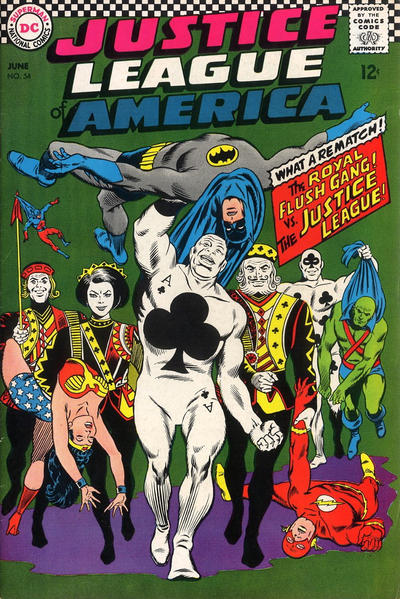It's kind of interesting to think that the addition of more sidekicks and other heroes to the DCAU led to DCAU Batman becoming a little more colder and antisocial compared to how he was depicted in B:TAS. I honestly never really thought of it that way.
It's weird seeing Tara Strong's old name back when she first started playing Batgirl .
.
"Who doesn’t love Batgirl...except maybe the people at DC Comics?” Well, I guess if you're a fan of just the Barbara Gordon Batgirl...of course, now I can't help but think of the Killing Joke .
.
It's weird seeing Tara Strong's old name back when she first started playing Batgirl
"Who doesn’t love Batgirl...except maybe the people at DC Comics?” Well, I guess if you're a fan of just the Barbara Gordon Batgirl...of course, now I can't help but think of the Killing Joke
 .
.
